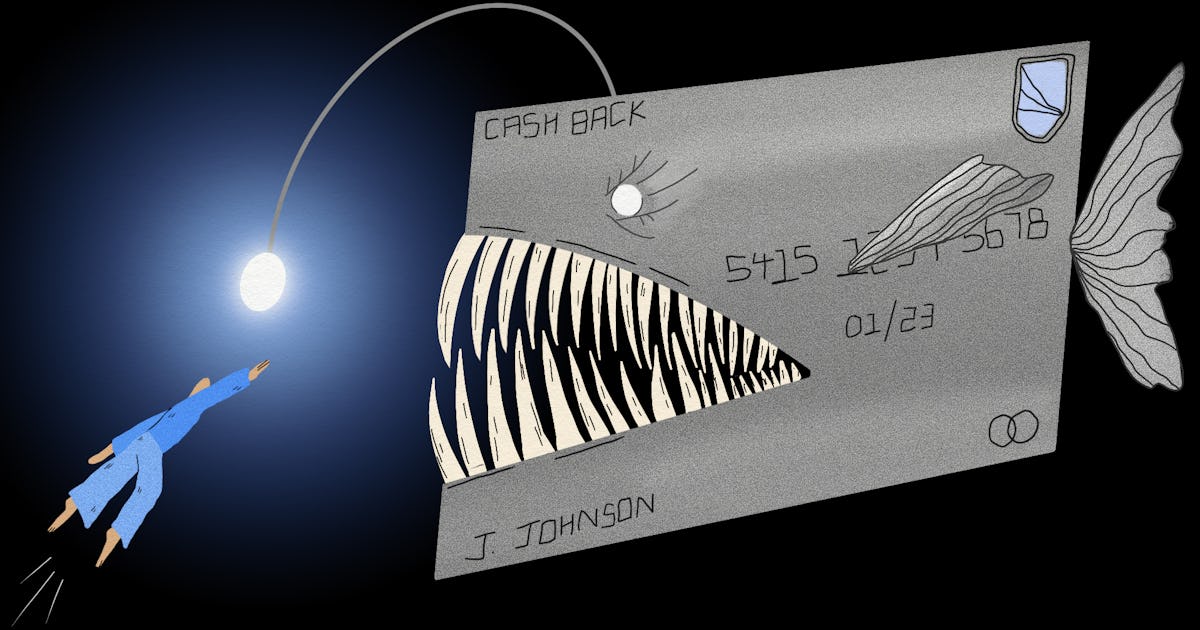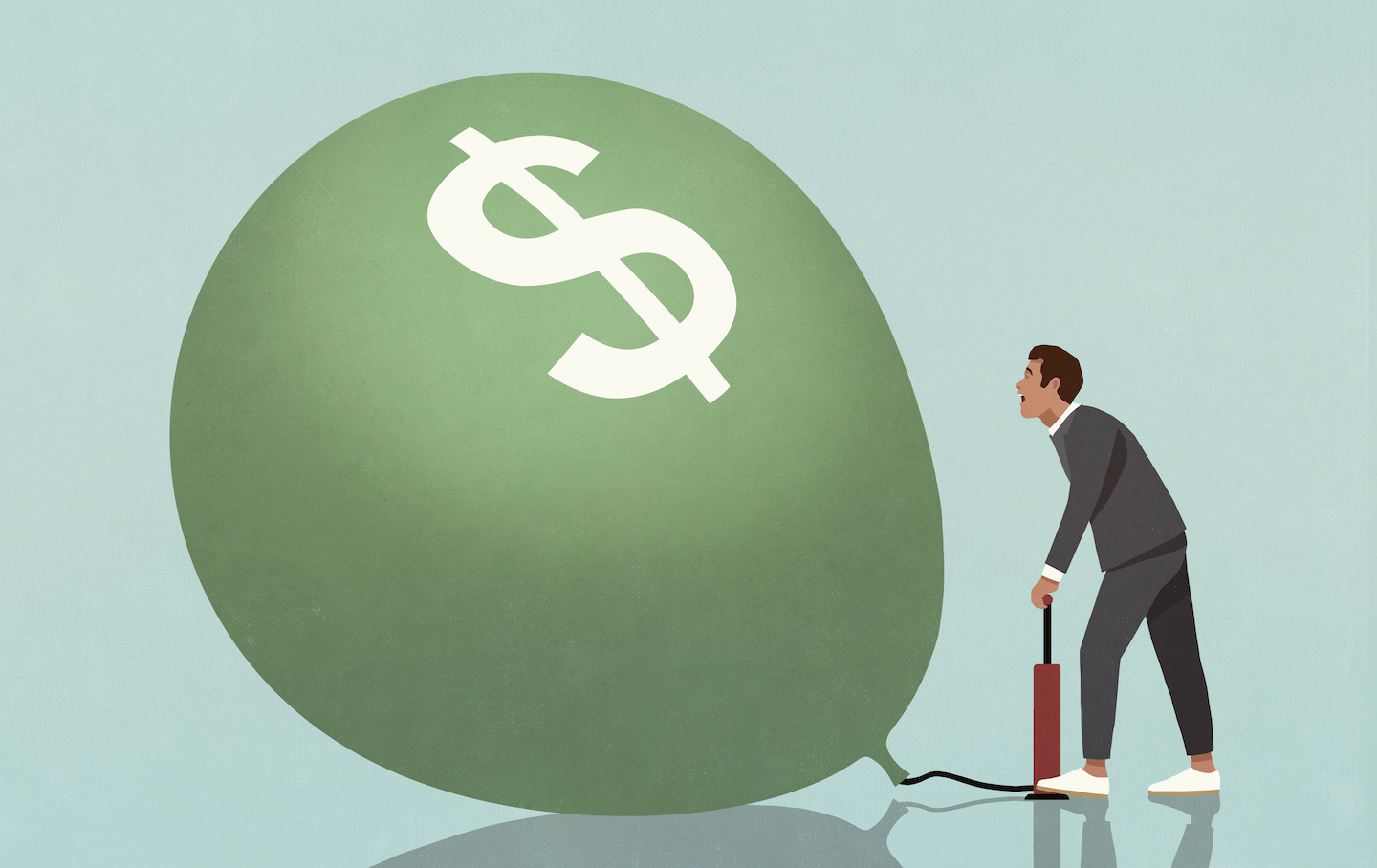Some of the links on this site contain offers from our the partners.
If you’re new to credit or have bad credit, an easy-to-get card can get you in the door. Secured, student, store, and alternative credit cards are fairly easy to approve, even if your credit score isn’t great. Learn about the easiest credit cards to get, including how to choose one and how to use one to build credit.
What are the credit card approval requirements?
Credit card companies are required by the CARD Act of 2009 to use certain approval factors to ensure that you can repay what you charge. When you apply for a credit card, the issuer will consider:
- Your income. The issuer will look at your income to see if you can afford minimum monthly payments on your new card, as well as payments on any debts you may have.
- Your credit score. Your credit score indicates your past performance with credit products. The higher your score the better, but a bad or non-existent score will not necessarily exclude you from all credit cards.
A credit card issuer may also look at your employment history, housing status, and other factors when making credit decisions.
“Your credit score isn’t the only determining factor,” says Chip Chinery of Chip’s Money Tips, a personal finance blog and podcast. “I was denied for too many recent requests or too many cards.”
You probably won’t have a great chance of being approved by an issuer if you’ve acquitted yourself of debt with that issuer, adds credit expert John Ulzheimer, formerly of Equifax and FICO.
What credit score do you need to get a credit card?
The credit score you need to get a credit card depends on the card you want. But you could be approved for a card with no credit score or with bad credit, which is a score below 580 on the FICO scale.
“A credit card is the easiest credit product to obtain, other than a payday loan,” says Ulzheimer.
Credit card issuers may recommend a credit range for approval, such as fair or good to excellent. You’ll need good credit — at least a FICO score of 670 or a VantageScore of 661 — for many credit cards, especially ones with lots of rewards and perks.
If your score is below good credit, you still have options. Some credit cards are accessible without credit or with scores as low as 300.
Do not expect the best conditions with this type of card. If you apply with a low credit score, you may be offered a low credit limit, such as $500, Ulzheimer says.
What are the easiest cards to get with bad credit or no credit?
Easy to get credit cards with bad or no credit will usually include secured, student, store and alternative cards. Learn more about each type:
Secured credit cards
A secured credit card is backed by a security deposit, usually equal to your credit limit, which acts as security if you cannot pay your bills. The deposit reduces issuer risk and makes it easier to get the card as long as you have the necessary funds.
Consistent and responsible use, including timely payments, can help you get an increase in your line of credit. The issuer may offer you an unsecured credit card and return your security deposit.
Popular secure cards include:
- Find out Secure credit card. This card does not require a credit score to apply and has no annual fee. It earns 2% cash back at gas stations and restaurants on up to $1,000 in combined purchases each quarter and 1% cash back on all other purchases.
- Capital One Platinum secured credit card. You can be approved for this card with a credit score as low as 300. The card charges no annual fee, and you can put down a security deposit as low as $49 to get an initial line of credit of $200.
Student Credit Cards
Student credit cards are starter cards that help you build credit. Unlike secured cards, student cards do not require a security deposit, but they generally have low limits until you have more experience with credit and more income. Some student cards can earn rewards and offer beginner-friendly perks like easy-to-earn bonuses and limited fees.
The most popular student credit cards include:
- Find out about Student Cash Back. Students with no credit score may qualify for this card with no annual fee. The card earns 5% cash back on quarterly rotation categories and 1% cash back on all other purchases. It also matches any cash back rewards you earn at the end of your first year as a cardholder.
- Capital One SavorOne Student Cash Rewards credit card. This card is available to students with at least fair credit. You can earn 3% cash back on dining, entertainment, streaming service, and grocery purchases, and 8% back on ticket purchases through Vivid Seats. All other card purchases receive 1% cash back.
In-store credit cards
Retail store cards can have easy endorsements to encourage customer loyalty. As with secure cards and student cards, expect fairly low credit limits with store cards. You’ll redeem rewards at a retailer or retailer group instead of more flexible options, such as cash back or transferable travel rewards. Look for cards at stores where you’re likely to get the most value.
Alternative credit cards
Alternative credit cards use non-traditional underwriting to determine your creditworthiness. Instead of relying heavily on your credit score for approval, the card issuer may review your bank account, income, work history, and other information for approval.
Popular alternative credit cards include:
- Visa Petal 2 credit card “Cash back, no fees”. Petal uses an underwriting model that not only looks at your credit score, but also your savings, income, expenses, and other factors to determine card approval. It offers credit limits of $300 to $10,000 with up to 10% cash back bonus at select merchants and no annual fee.
- Visa Petal 1 “no annual fee” credit card. This card also uses an alternative underwriting model for card approval. You can earn up to 10% cash back at select merchants and access a credit limit of $300 to $5,000.
How to choose a credit card
Even if you have limited or bad credit, you’ll likely identify some options to compare before applying for a card. Consider these factors to help you choose a credit card that’s right for you:
- Approval ratings. Make sure your credit score meets the card’s minimum requirements. Check to see if the issuer offers pre-approval, which allows you to check your chances of approval without affecting your credit score.
- Fees and deposits. Some credit cards, especially cards marketed to consumers with bad credit or fair credit, may have unusually high annual or other fees. Also consider the cost of any security deposits and whether you can put that money on hold until you can get an unsecured card.
- Credit reports. If you’re using your credit card to build or rebuild your credit, make sure it reports to all three credit bureaus. You may need to call or check online before applying.
- Credit limit. When comparing pre-approved offers, consider how much access to credit you will get. Having a high balance with a low credit limit is easy to do and increases your rate of credit utilization, which can lower your credit score.
- APR. If you carry a balance, you’ll pay interest, and the higher your APR, the higher your interest charges. But APR isn’t one of the most important factors, Ulzheimer says, because you’re starting out badly if you plan on paying interest on your credit card. Plan to avoid balances on your credit card.
- Rewards and Benefits. Earning rewards and taking advantage of cardholder benefits, such as extended warranty coverage and roadside assistance, can provide value. However, factors such as card fees and credit reports are more important.
How to create credit with your card
If you’re looking for the easiest credit card to get, chances are you have no or bad credit — and your goal should be to build credit. When you use an easy-to-get credit card correctly, you can make gains in your credit history that unlock better credit products, such as rewards credit cards and long-term loans that could improve your finances.
An important factor in using your credit card responsibly is controlling your spending to ensure you can make payments on time and avoid building up an unmanageable balance. If you want to use a card without spending too much, Chinery advises you to log into your account and immediately pay for your purchase after making it.
“You use your credit card, but it’s like spending money,” Chinery says.
- Limit expenses. Stick to your budget and make sure you can pay what you bill each month.
- Make payments on time. Pay your credit card balance by the due date each month so your credit report reflects an on-time payment history.
- Maintain low or zero balances. A low credit utilization rate can help boost your credit score. Be sure to keep balances low or, ideally, pay them off monthly. “The byproduct of using credit cards is building a credit history,” says Ulzheimer. “So the next time you ask for a card, your offers should be a little better.”












